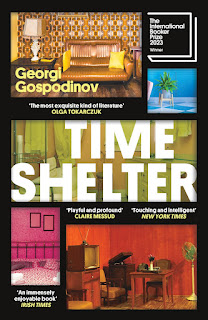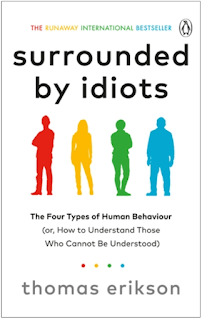"We are built of unitary blocks-extraordinarily diverse in shape, size, and function, but unitary nonetheless.Why? The answers can only be speculative. Because, in biology, it is easier to evolve complex organisms out of unitary blocks by permuting and combining them into different organ systems, enabling each to have a specialized function while retaining features that are common across all cells (metabolism, waste-disposal, protein synthesis). A heart cell, a neuron, a pancreatic cell, and a kidney cell rely on these commonalties: mitochondria to generate energy, a lipid membrane to define its boundaries, ribosomes to synthesize its proteins, the ER and Golgi to export proteins, membranespanning pores to let signals in and out, a nucleus to house its genome. And yet, 'despite the commonalities, they are functionally diverse. A heart cell uses mitochondrial energy to contract and act as a pump. A beta cell in the pancreas uses that energy to synthesize and export the hormone insulin. A kidney cell uses membrane-spanning channels to regulate salt. A neuron uses a different set of membrane channels to send signals that enable sensation, sentience, and consciousness. Think of the number of different architectures you can build with a thousand differently shaped Lego blocks.Or perhaps we might reframe the answer in evolutionary terms. Recall that unicellular organisms evolved into multicellular organisms-not once, but many independent times. The driving forces that goaded that evolution, we think, were the capacity to escape predation, the ability to compete more effectively for scarce resources, and to conserve energy by specialization and diversification. Unitary blocks-cells-found mechanisms to achieve this specialization and diversification by combining common programs (metabolism, protein synthesis, waste disposal) with specialized programs ( contractility in the case of muscle cells, or insulin-secreting capacity in pancreatic beta cells). Cells coalesced, repurposed, diversified-and conquered."
As a physician, he not only talks about how our cells do work, but also what happens when they are out of control, when our immune system starts attacking our own body, when pancreatic cells malfunction and lead to diabetes, how cancer cells never stop growing. He is proud of the achievements, but also humble in his realisation that there is still a gigantic amount of discoveries to be made.
"When the comprehensive list of genes that drive the growth of cancer cells were first identified in the mid-2000s, there was an exuberance that we had unlocked the key to cures for cancer.
"You have a leukemia that has mutations in Tet2, DNMT3a, and SF3bl;' I would tell a bewildered patient. I would look at her triumphantly, as if I'd solved the Sunday crossword puzile.
She would look at me as if I was from Mars.
And then she would ask the simplest question: "So, does that mean that you know the drugs that are going to cure me?"
"Yes. Soon;' I would say, with exuberance. For the linear narrative ran thus: isolate the cancer cells, find the altered genes; match it with medicines that target those genes, and kill the cancer without harming the host.
Not that I believe that he said this to a patient in real life, but it illustrates the realisation that there is still a lot of work to be done. Biology and medical science have barely scratched the surface of what could be achieved.
The topic of the book is one with many wonders, and the deep insight that our life on earth is truly exceptional and precious, incredibly difficult to understand and incredibly complex and fascinating. Mukherjee is a wonderful guide, and the amazing thing is that he finds the time to even write this kind of book despite all his other work as a physician and top-researcher. We can only be grateful that he shares his knowledge and enthusiasm with us.





















